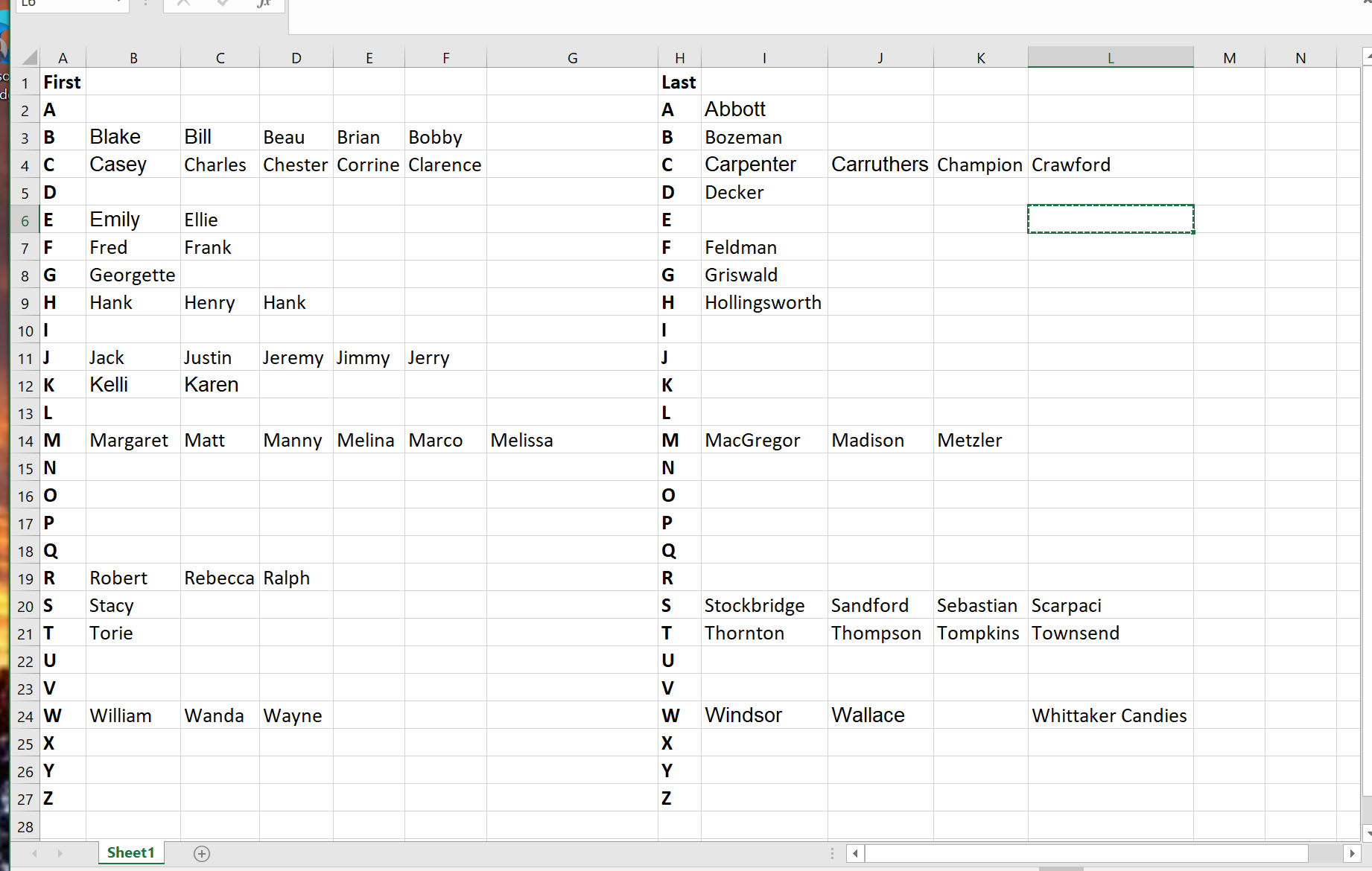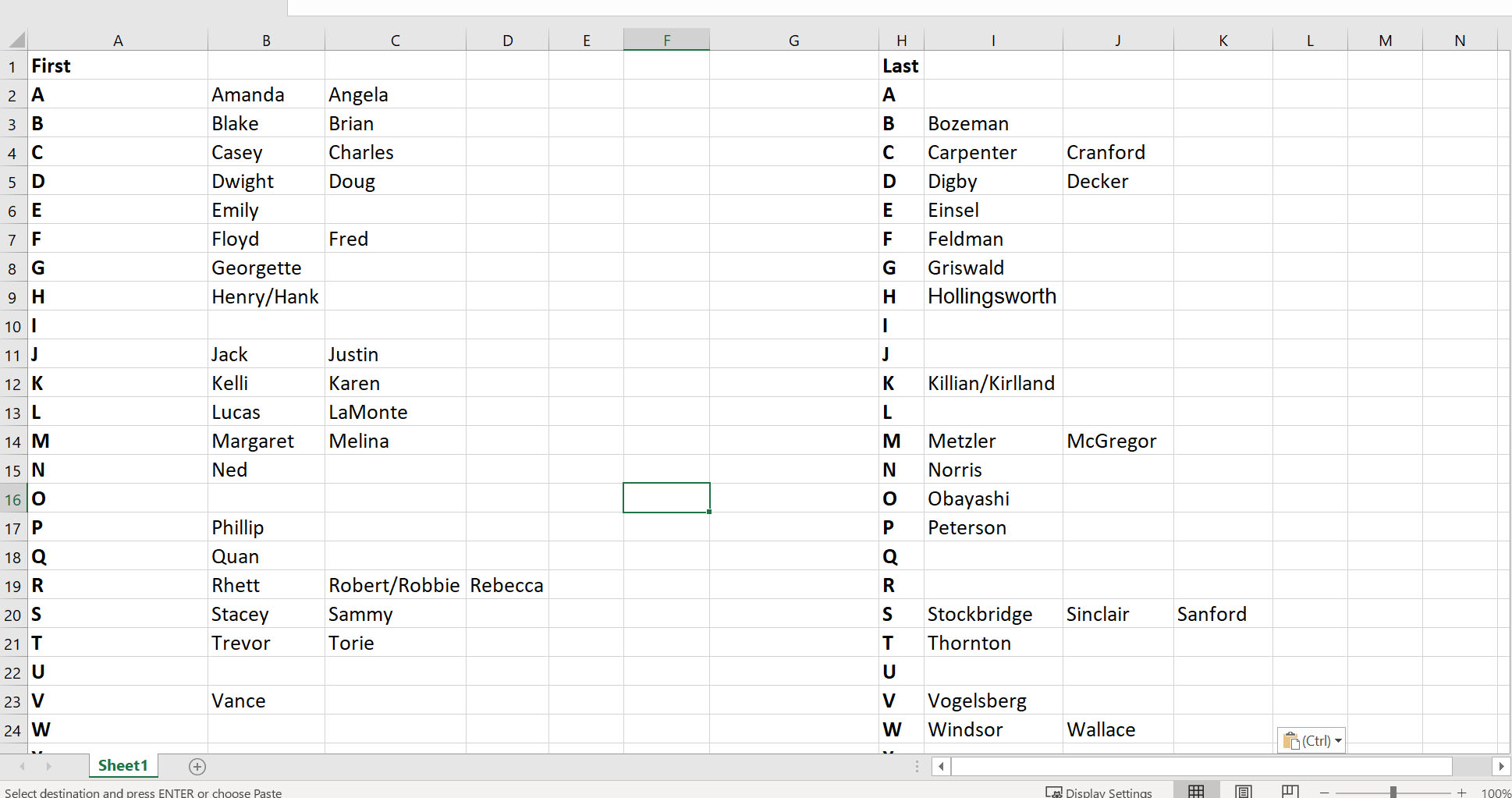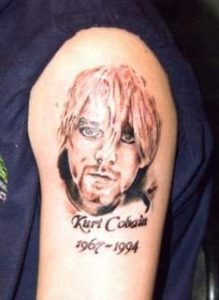Handling a Cast of Thousands
Terry Odell
 I recently read—okay, started—a book that I set aside after three chapters. I’d received the book at Left Coast Crime, when one of the publishers hosted an “open house” for its authors in attendance and they had stacks of their books to sign and give away. I accepted almost all of them. It would have been rude to tell them you weren’t interested, especially since the books were free. I have giveaways via my newsletter, and I figured the books would be put to good use, either before or after I read them.
I recently read—okay, started—a book that I set aside after three chapters. I’d received the book at Left Coast Crime, when one of the publishers hosted an “open house” for its authors in attendance and they had stacks of their books to sign and give away. I accepted almost all of them. It would have been rude to tell them you weren’t interested, especially since the books were free. I have giveaways via my newsletter, and I figured the books would be put to good use, either before or after I read them.
What made me put this book into my giveaway pile? Characters. I’m not talking about unlikeable characters, or cardboard characters, or TSTL (too stupid to live) characters. It was the sheer number of characters that had my eyeballs spinning.
When you give a character a name, it sends a signal to readers that they should pay attention. This character isn’t an “extra” or a spear carrier, or any other term given to those who remain in the background. It says “Remember me. I have a name.”
Opening chapters—opening pages—need to entice the reader. Normally, unless it’s a prologue with characters who might not appear again, the protagonist shows up pretty darn quick. There’s the hint of a question, a problem, something of interest. Something to convince the reader this is someone they’re going to want to spend the next 300 pages with. Which is why you don’t want to start a book with a dream—major regrouping when the character wakes up and the reader realizes they haven’t been in the here and now. Or with a major battle scene. We don’t know who’s fighting, why they’re fighting, who the good guys and bad guys are. These openings are probably manufactured by authors who are told “start with action.” Action doesn’t mean combat.
The book in question started on the right foot. There was a dead body, and the cops show up at the protagonist’s door, ask her if she knows the man in a picture they show her. So far, so good. We get a view of the cops and how they’re connected to the protagonist. The protagonist says “no,” the cops leave, and we’re left with a return to the protagonist’s everyday life. Which happens to be running a hotel, and we see people checking out. Are we going to see them again? I think not. Then there’s the staff, all introduced with descriptions and perhaps a bit of back story.
Now, this is the 8th book in this author’s series, and maybe she feels obligated to bring everyone up to speed, but my brain can’t handle meeting all these people.
How many? I made a list of every named character introduced in the first 2 chapters, which comprised 21 pages. First names only (unless none was given) because I don’t want this to be about this book, or this author.
Here you go:
Amber
Kieran
Poppy
Mitchel
Viola
Mrs. Applegate
Joanne
Mrs. Newman
Aunt Ginny
Victory
Thelma
Dodson
Mother Gibson
Gia
Kim
Teresa
Iggy
Royce
Courtney
Virginia
Josephine
Augie
June
Tildy
At that point, I was past trying to keep track of who was who, and who might actually be important to the story. The fact that the book was over 400 pages long might have helped me decide to put this one away.
You have to consider that this might be the first book your reader has picked up in your series. Long time readers might know many of the cast of regulars, but you have to work them in slowly. Preferably with some connection to the story, another prominent character, something distinctive.
Sometimes, you do need to give these “extras” names. One example. Your POV character is interacting with a worker of some sort. A receptionist, admin, clerk. They’re on the page often enough so repeating “the receptionist” over and over gets annoying, so you name them. Just make sure their names are distinctive enough so readers won’t confuse them with another, more significant, character. (I keep mine on an alphabetical spreadsheet so I can see if I’ve used that or a similar name already.)
When I’m faced with this, I’ve sometimes resorted to “naming” the characters with physical characteristics, or even clothing. In the current WIP, my POV character is being held by two detectives. In her state, she doesn’t want to get personal with them, so she refers to them as “Red Tie” and “Blue Tie.” There’s another character she thinks of as “Green Blobs.” They’re only on screen for two chapters, and it wasn’t worth me thinking up yet three more character names.
Don’t start, as one author did, with a celebratory dinner with the whole darn family—three generations of them—around the table and have it become “let’s catch up with everyone” time. New readers don’t know the back story of these people. They probably won’t care. (That was the first and last book I read by that author, big name though she was.)
What about you, TKZers? How do you handle introducing characters, and making sure you’re not overloading your readers?
Any examples where you think an author handled it well? Or not well?
One last thing. I’ve officially launched my “Writings and Wanderings” Substack. I hope you’ll take a look and subscribe if you’re interested.
How can he solve crimes if he’s not allowed to investigate?
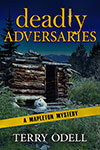 Gordon Hepler, Mapleton’s Chief of Police, has his hands full. A murder, followed by several assaults. Are they related to the expansion of the community center? Or could it be the upcoming election? Gordon and mayor wannabe Nelson Manning have never seen eye to eye. Gordon’s frustrations build as the crimes cover numerous jurisdictions, effectively tying his hands.
Gordon Hepler, Mapleton’s Chief of Police, has his hands full. A murder, followed by several assaults. Are they related to the expansion of the community center? Or could it be the upcoming election? Gordon and mayor wannabe Nelson Manning have never seen eye to eye. Gordon’s frustrations build as the crimes cover numerous jurisdictions, effectively tying his hands.
Available now.
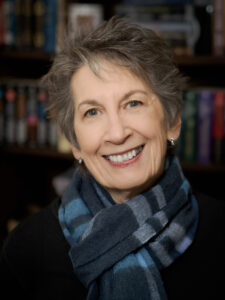 Terry Odell is an award-winning author of Mystery and Romantic Suspense, although she prefers to think of them all as “Mysteries with Relationships.”
Terry Odell is an award-winning author of Mystery and Romantic Suspense, although she prefers to think of them all as “Mysteries with Relationships.”


